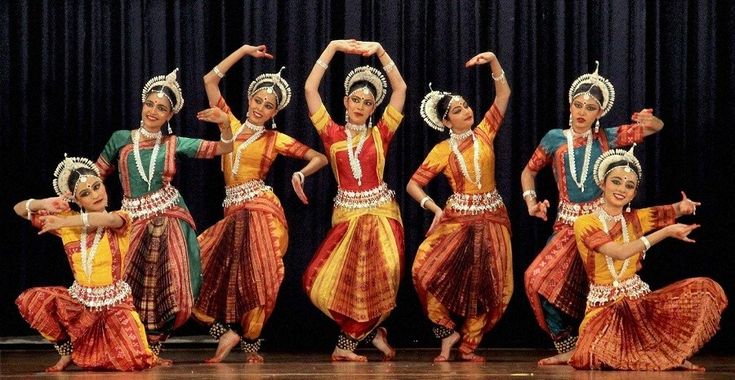weatherontheair.com – Kathak, one of the eight major forms of Indian classical dance, is a mesmerizing art form that has captivated audiences for centuries. Originating from the northern parts of the Indian subcontinent, Kathak is a dance that tells stories through rhythmic footwork, intricate movements, and expressive gestures. The word “Kathak” is derived from the Sanskrit word “katha,” which means story, and this dance form is essentially the art of storytelling through dance.
The Origins and Evolution of Kathak
The roots of Kathak can be traced back to ancient India, where it was performed by traveling bards and storytellers known as Kathakars. These artists would narrate mythological tales from the Hindu epics, the Mahabharata and the Ramayana, using a combination of dance, mime, and music. Over time, Kathak evolved under the patronage of the Mughal emperors, incorporating elements of Persian dance and music, which gave it a distinct flavor and style.
The Elements of Kathak Dance
Kathak is characterized by its fast-paced rhythmic cycles, stylized gestures, and the use of the ghungroo – small bells worn around the ankles that produce a melodious sound with every step. The dance is performed in a small defined space, often marked by a piece of cloth, and the dancer’s ability to maintain precision and grace within this limited area is a testament to their skill.
The Role of Music and Instruments
Music is an integral part of Kathak, with the tabla and the pakhavaj serving as the primary percussion instruments. The harmonium and the sitar may also accompany the dancer, providing a melodic backdrop. The dancer’s movements are intricately synchronized with the music, creating a harmonious blend of sound and motion.
Expressive Gestures and Abhinaya
Abhinaya, the expressive aspect of Kathak, allows the dancer to convey a range of emotions and stories. Through hand gestures (mudras), facial expressions, and body movements, the dancer brings characters and narratives to life. This aspect of Kathak is deeply rooted in the Natya Shastra, the ancient Indian treatise on performing arts.
The Technique and Training
Learning Kathak requires rigorous training and discipline. Students begin with the basics, mastering the intricate footwork and understanding the rhythmic patterns before moving on to more complex compositions. The training also involves learning the theoretical aspects of music and dance, as well as the stories and myths that form the repertoire of Kathak performances.
The Costumes and Makeup
The costume of a Kathak dancer is as elaborate as the dance itself. The dancer wears a long, embroidered skirt known as a ghagra, along with a fitted blouse and a veil. The makeup is designed to enhance the dancer’s expressions, with emphasis on the eyes and lips. The ghungroo, which can weigh up to a kilogram, is an essential part of the costume, and the dancer’s ability to control the sound of the bells is a key aspect of their performance.
Kathak in Contemporary Times
While Kathak has its roots in tradition, contemporary dancers are experimenting with new themes and narratives, blending traditional elements with modern choreography. This has helped to keep the art form relevant and has introduced it to new audiences around the world.
Conclusion
Kathak is more than just a dance form; it is a window into the rich cultural heritage of India. It is a dance that speaks of love, devotion, and the eternal struggle between good and evil. Through its mystical moves, Kathak continues to enchant and inspire, bridging the gap between the ancient and the modern, the spiritual and the secular. As long as there are stories to tell, Kathak will continue to flourish, captivating audiences with its timeless beauty and grace.
